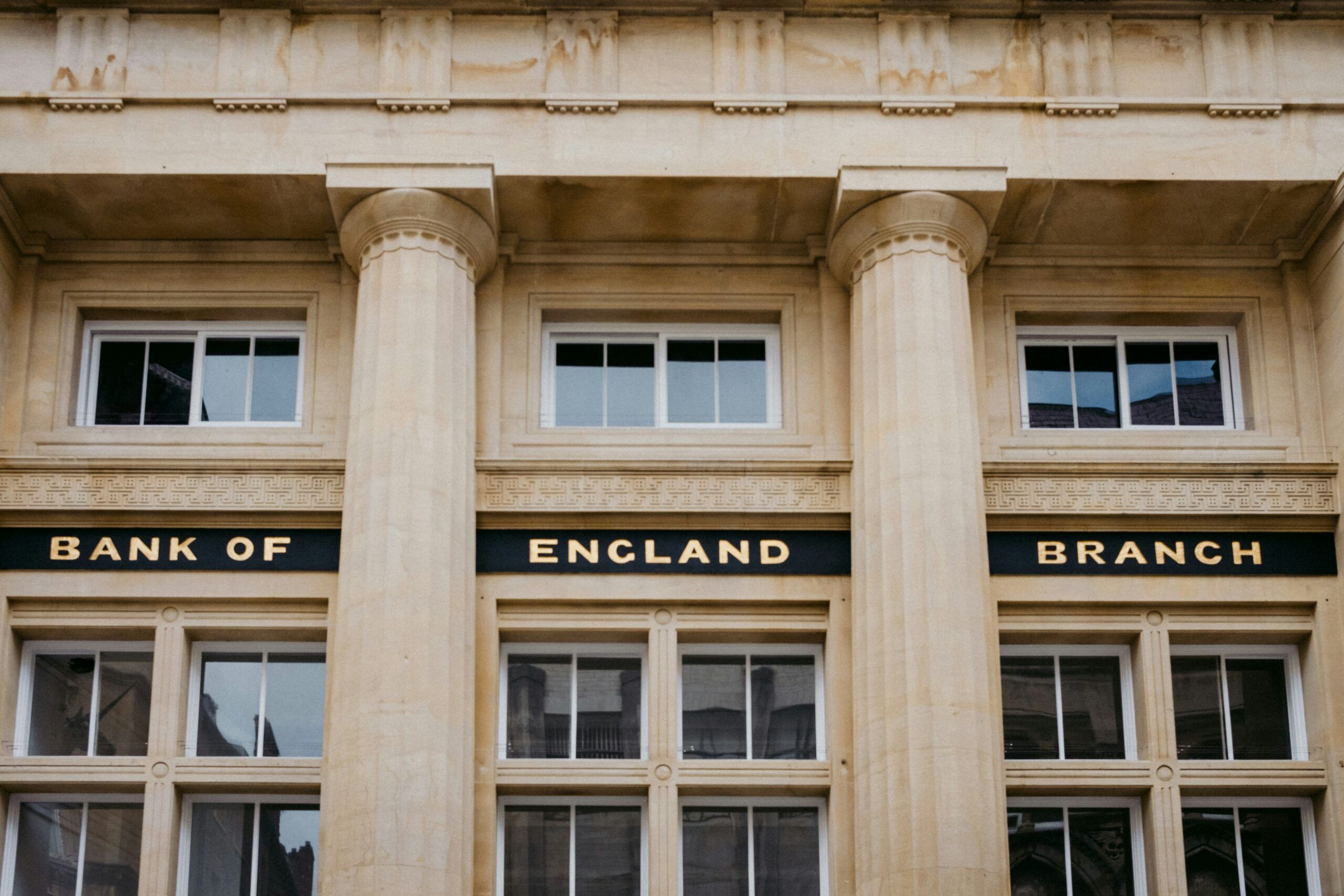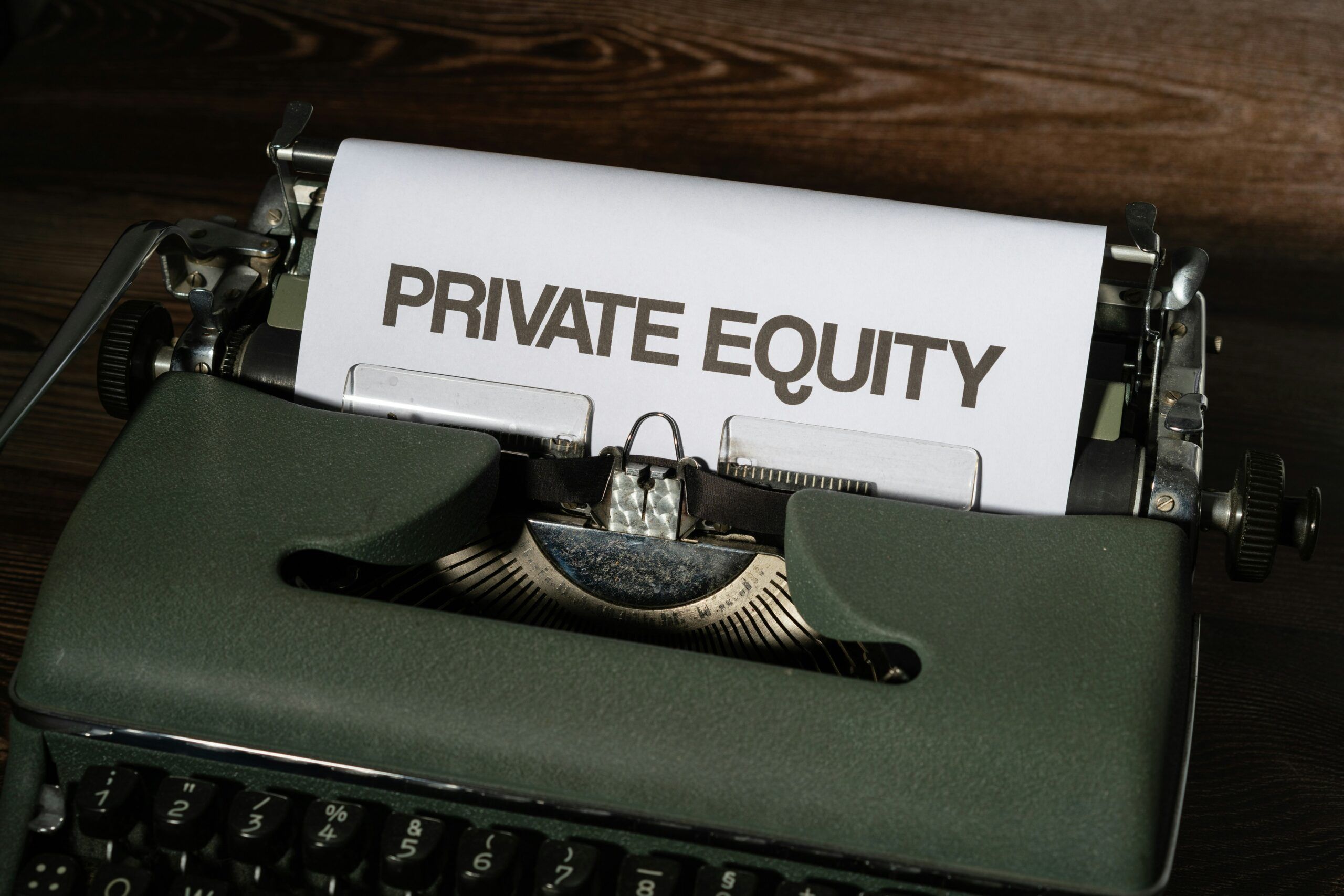Secured or Unsecured? The SME’s Guide to Smart Corporate Borrowing
For Small to Medium Enterprises (SMEs), finding the right type of Corporate Borrowing is not just about securing funds—it’s about matching the facility to the business objective without incurring unnecessary risk. The universe of Business Loans can be complex, but the critical distinction lies in one word: security.
Understanding the fundamental difference between secured and unsecured funding options is crucial before committing your business to a finance agreement.
The Core Divide: Secured vs. Unsecured Loans
All Business Loans fall into one of two primary categories, determining the amount you can borrow, the interest rate, and the risk assumed by the borrower.
1. Secured Business Loans
- Definition: These loans require the borrower to pledge a specific asset (collateral) against the debt. This collateral acts as the lender’s safety net.
- Security Used: Typically commercial property, equipment, or receivables (debtors’ invoices). In traditional Asset-Backed Financing, the asset is encumbered for the loan term.
- SME Advantage: Due to reduced risk for the lender, these facilities typically offer lower interest rates, longer repayment periods, and larger loan amounts.
- SME Risk: The major drawback is the risk of losing the pledged asset (e.g., the business premises) if the company defaults.
2. Unsecured Loans
- Definition: These loans are issued based entirely on the borrower’s Business Credit Score and cash flow projections, requiring no direct collateral.
- Security Used: None, though lenders almost always require a personal guarantee from the director, transferring the risk to the individual.
- SME Advantage: Faster approval times and no immediate risk to core business assets.
- SME Risk: Higher interest rates, shorter repayment terms, and smaller capital amounts due to the higher perceived risk for the lender.
Practical Loan Types for Working Capital
Beyond the primary secured/unsecured distinction, SMEs utilise several specialised debt instruments, often categorised by their purpose:
- Working Capital Loans: Short-term facilities designed to manage day-to-day liquidity, cover seasonal gaps, or pay operational expenses. These are often structured as unsecured lines of credit.
- Asset Finance: Specifically used to acquire equipment, machinery, or vehicles, with the loan secured directly against the purchased asset (a form of Asset-Backed Financing).
- Invoice Finance: A fast way to manage cash flow by borrowing against outstanding invoices (accounts receivable). This is secured by the company’s debtors.
The Collateral Transfer Distinction
The greatest challenge for a growing SME is accessing the large sums and low rates of a Secured Business Loan without encumbering existing, growth-critical assets.
This is where Collateral Transfer provides a specialised solution:
- External Collateral: Instead of pledging your own assets, Collateral Transfer introduces high-grade External Collateral—a Bank Guarantee (BG) or SBLC—from a third-party provider.
- Risk Mitigation: The loan facility is secured by this institutional instrument. While banks still perform credit and affordability checks, this allows the lender to regard the loan as secured while you avoid pledging your own core assets.
- Strategic Advantage: Your Corporate Borrowing capacity increases, and you can achieve the favourable rates and terms of Secured Business Loans while keeping your internal assets free for operational use.
By utilising this specialised form of Asset-Backed Financing, SMEs can achieve the funding needed for expansion with reduced risk to the business owner.
Ready to Secure Your Optimal Loan Structure?
Choosing the right structure is critical to your success. IntaCapital Swiss specialises in high-value Corporate Borrowing and Secured Business Loans by leveraging external security.
To discuss how Collateral Transfer can deliver the most strategically advantageous loan structure for your SME, contact our experts today.










